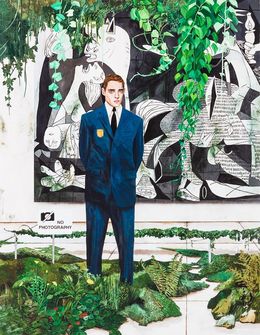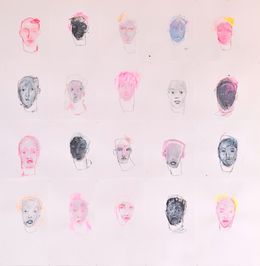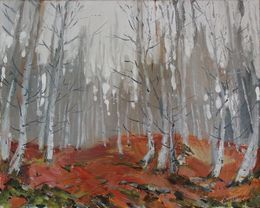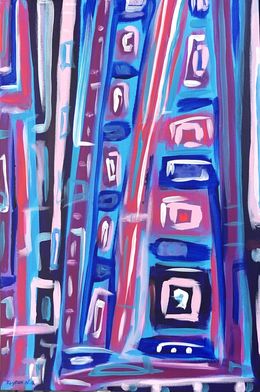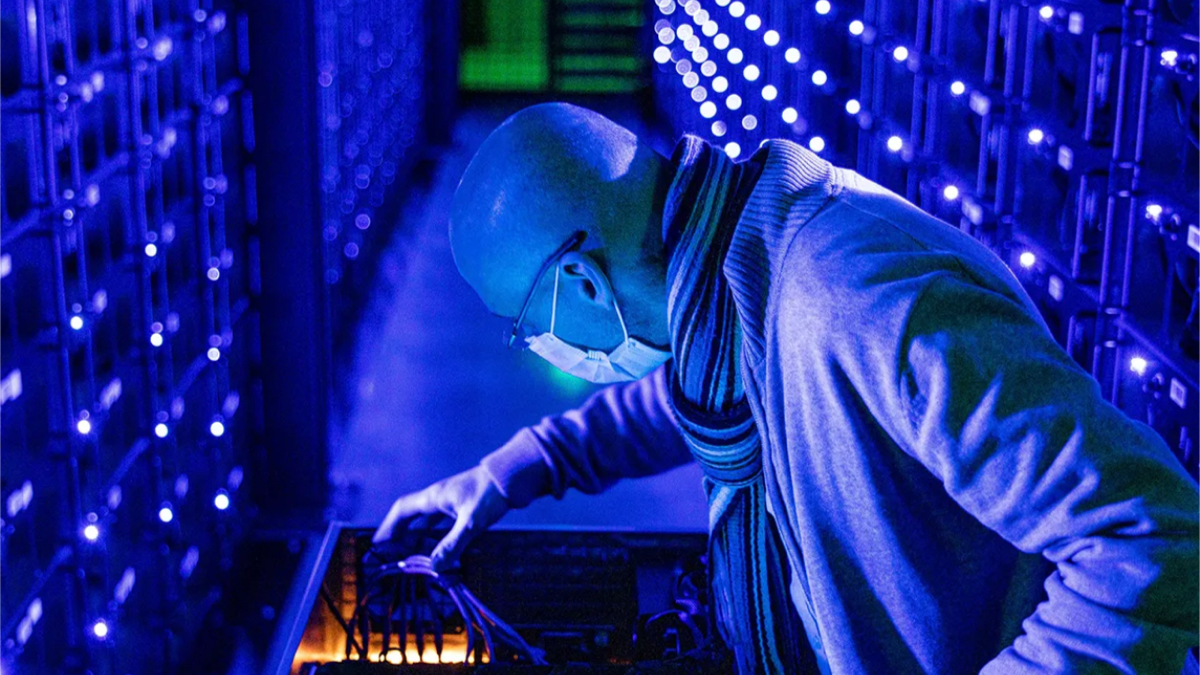
What Exactly is Digital Art?

At Artsper, we are always eager to explore exciting art forms and mediums. Together, let’s discover the uncharted waters of the expansive world of digital art.
What is digital art?

The world of today is saturated with technology. Students are learning through online educational platforms, numerous professionals work remotely, many young adults find romantic partners through online applications, all while sharing their biggest life updates on social media. The collective human experience has become consumed by the digital world. It only makes sense, with all of the available technology at a hand’s reach, that artists, too, would utilize the advancements of the modern world when creating art.
Many names within the art world frequently address the rising prominence of the medium, but what exactly is digital art? Digital art can be seen as a vague, overarching term used to encompass technological arts but it goes beyond that. Any creation where an artist uses a computer or a technological tool is considered under the heading of the medium. Technology does not necessarily have to be the main factor of the artwork for it to be treated as digital art. As long as there is a technological aspect utilized in the creation process, the work is considered digital. It’s as simple as that.
The evolution of digital art

Digital art is not a new art form. The term has evolved within the art community throughout the 20th century. Computer art, multimedia art, and cyber art were commonly used during the 1960s-1990s. Just like its title, the medium itself has adapted over a span of several decades.
Digital art formally began in the 1960s. As computers at this period were the size of large rooms, and not accessible to the masses, it prohibited the medium from growing widespread. Only a few artists at this time, such as Frieder Nake, had access to new, technological tools. Later, in the 1970s, artists and computer scientists collaborated to create computer-generated artworks. However, it wasn’t until the 1980s, that the term digital art was first used, as the medium firmly took hold of the art world. The rising popularity of the medium continued into the 1990s, well into the birth of the world wide web. Fast-forward to the 21st century and the profitable boom of NFTs, it’s safe to say that digital artwork has left a prominent impact on the art world.
Is digital art truly art?

Although the medium has been around for several decades, people often tend to question its legitimacy. Can it be considered a true art form? To answer the question simply; yes, it is art.
It has been argued that the medium cannot be considered real art because it’s made with a computer and not physically by hand. It has also been said that the infinite nature of digital art prevents its own authenticity. Digital artworks can be copied over and over again, leaving a nearly impossible trace to the original work. However, the rise of NFTs (non-fungible tokens) has solved this problem.
When digital artists choose to turn their work into NFTs, they use platforms that authenticate and mint their artworks unique. This allows the artist to control the ownership of their own artworks. This convention has drastically changed the presence of digital art in the art market. Just last year, a purely digital work by NFT artist, Beeple, was sold for $69 million, becoming an artistic highlight of 2021. The rapid success of NFTs throughout the art market is enormous.
In conclusion

Skeptics believe that digital art can be made by anyone who has a computer at their disposal and digital artists couldn’t disagree more. The medium is built upon traditional art practices, such as painting, drawing, and sculpture. The foundation is very much the same.
Even within a digital landscape, artists are able to achieve their own style and artistic flair. Digital artists go through many of the same processes that artists of traditional mediums experience. It requires creativity and a heightened level of practice. Digital art is like any other form of art. The only difference is that it is created with digital tools. Discover more about the expansive world of digital art at Artsper.

About Artsper
Founded in 2013, Artsper is an online marketplace for contemporary art. Partnering with 1,800 professional art galleries around the world, it makes discovering and acquiring art accessible to all.
Learn more



